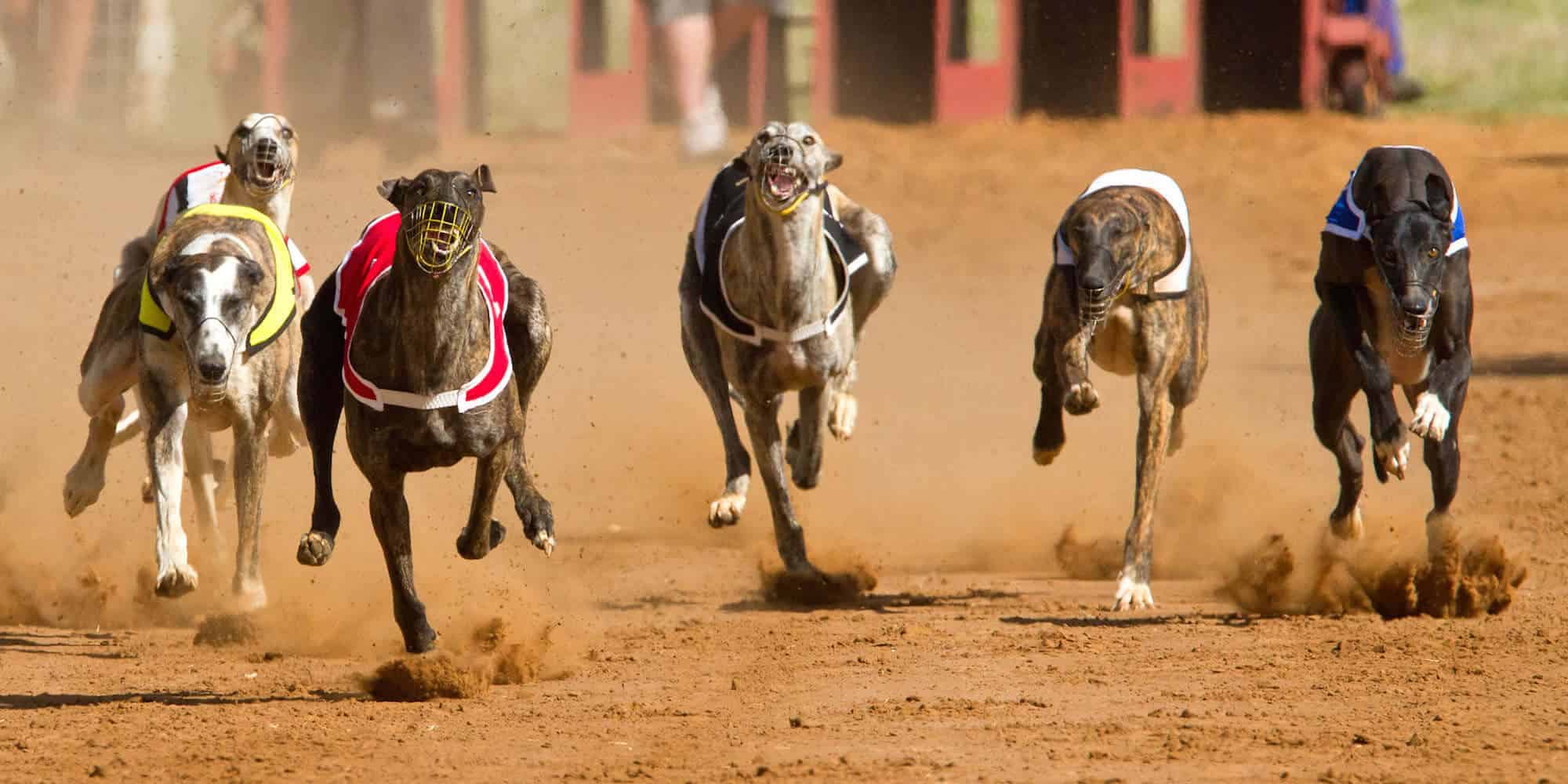How Are Lengths Used In Horse Racing To Measure Winning Distances?
Lengths are a universal way of measuring winning distances in horse racing. You’ll hear commentators say, for example, that a horse has won by two-lengths. The first length of any winning margin is always the length of the winning horse, with any further lengths measured by the gap between the tail of the winner and the nose of the runner-up.
Of course, many horse races are also won by margins of less than a length, and there are other terms used to describe these winning distances.
Measurements that are used to describe winning distances of less than a length include three-quarters of a length, half a length, a neck, short neck, head, short head, and a nose. These are all self-explanatory when you picture the conformation of a horse’s body.
How Do You Use Lengths To Create Horse Racing Ratings?
Creating horse ratings is a complex process but calculating the winning margins in lengths is part of the process. Normally, ratings are based on lengths-per-second calculations, but these vary according to the type of race, the distance of the race, and the going description.
For example, horses running in a flat race on good ground may cover six lengths per second. Meanwhile, jumps horses running on heavy ground may only cover four lengths per second. Handicappers then must equate these figures into pounds to create a rating for a horse.
But these ratings also vary at different distances, for example, if horse-A beats horse-B by one-length over two-miles when carrying level-weights, he is only entitled to be rated 1lb higher. But if horse-C beats horse-D by one-length over 5-furlongs, he is entitled to be rated 3lb higher.
As we’ve already said, these measurements are only used as a basis for creating ratings. Handicappers can also adjust ratings as they see fit. For example, if a horse is five-lengths clear at the furlong pole, but only wins by a length after being eased down close to the line, the handicapper has the right to rate him higher than the official winning margin suggests.
How To Use Lengths And Ratings To Pick Winners
The complexities of rating horses based on lengths mean handicappers don’t always get it right. That means there are always opportunities to find horses that are available at value odds in horse races. When we say ‘value odds’, we mean horses are available at bigger odds than they should be. These kind of value bets are what professional gamblers are looking for and finding a steady stream of value bets is the best way to make long-term profits from betting on horse racing.
While many top-rated horses win horse races, these types of horses are often poor value favourites. As I’m sure you’re aware, lots of favourites also get beaten. That’s not to say that some favourites aren’t value bets, but it often pays to look beyond the obvious horses for the best value.
Current ratings will tell you which horse is favoured by the weights in races, but you also need to consider lots of other factors to determine whether you think the horse can run-up to its rating in the prevailing conditions.
For example, a horse’s top-rating may have been earned when running over a mile on good ground. However, when faced with 10-furlongs on soft ground, previous performances in such conditions suggest it has no chance of performing to its highest rating.
Factors that always need consideration are the distance and the going description, while the draw can play a major factor in flat races. The nuances of racecourses in the United Kingdom and Ireland can also be completely different. Some racecourses are left-handed, while others are right-handed. The terrain of some racecourse is also flat, while others ask racehorses to race up and down hill.
For example, look at Epsom Racecourse where the English Derby and Oaks are held each year. Horses are asked to race uphill at the start, then swing around a sweeping left-hand bend, before running down a hill that also cambers from right to left. There’s then a small climb to the line. Those gradients demand a lot of young horses and are a far cry from say the right-handed course used for Royal Ascot.
The pace of a race is also something that inexperienced gamblers often fail to consider. Some horses thrive in slowly run races where they can conserve energy for a late surge. Other horses thrive in the battle of an end-to-end gallop, while front-runners will often excel in races where they face little or no competition for the lead.
Trainer-form must also be considered, as the horses of a trainer in good form are much more likely to perform near to their best rating or even improve past it. You also need to consider whether horses are on a natural upward curve of improvement, as these types may not yet have reached the ceiling of their ability. Equally, horses that have reached their peak will also start regressing at some point in their careers.
As you can see, lengths and times may be a universal way of giving racehorses ratings, but you need to consider a lot of other factors when determining whether a horse is likely to run up to its best rating when faced with a variety of different conditions.
How Do I Pick Horse Racing Winners?
The best thing about being a professional gambler is you don’t need to bet on every horse race. There are plenty of races where the handicapper appears to have got his ratings right, and the bookies have priced up the race accordingly. As punters, we don’t need to bet on these races, we can simply watch them for future pointers.
The key is to find horses that are worth taking on at the available odds, as this then makes the odds of the other horses more appealing. If you can price up a race before the bookies, this is a big help.
For example, ratings might suggest that a favourite should be even-money. But the favourite’s previous performances on soft ground suggest it will perform 5lb pounds below its best rating of 150, so you think 6/4 would be a fairer price. The bookies open even-money, which means there’s definitely some value to be had elsewhere in the market.
The third-favourite catches your eye, as its best performance has come on soft ground, but it’s now rated 3lb below its highest rating of 145 after three runs on good ground. This means there’s a good chance that the favourite and third-favourite could both run to a mark of around 145. One horse is evens and the other is 5/1, so there’s only one value bet here.
Finding value bets like this can take a lot of time but, don’t worry if you’re too busy, Betting Gods is here to help you.
Betting Gods is a tipster platform that offers horse racing tips from some of the best tipsters in the world, and all our professional tipsters offer affordable monthly subscriptions. Check out our tipster profiles on the Betting Gods website to see the betting profits you’re missing out on.





